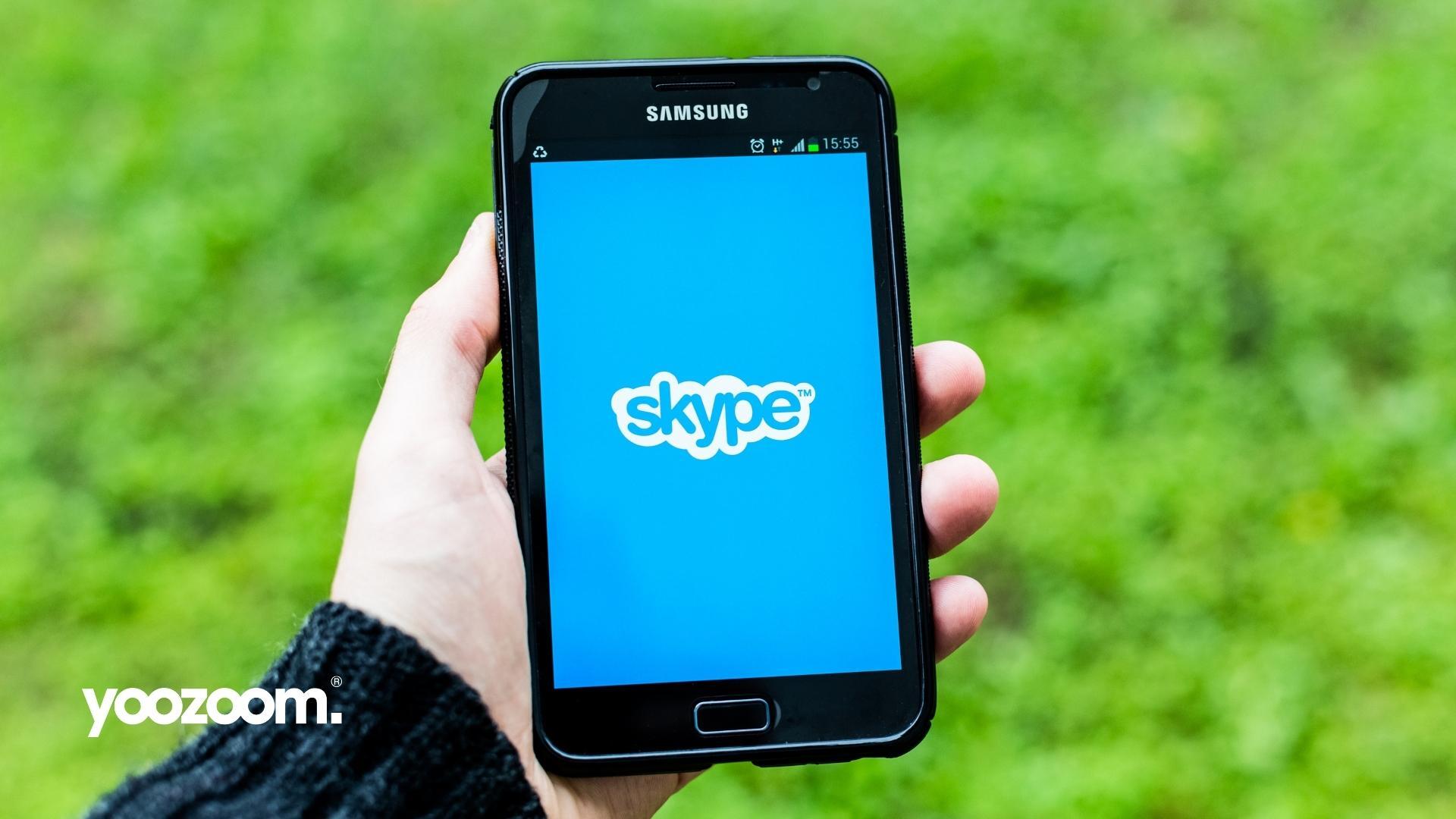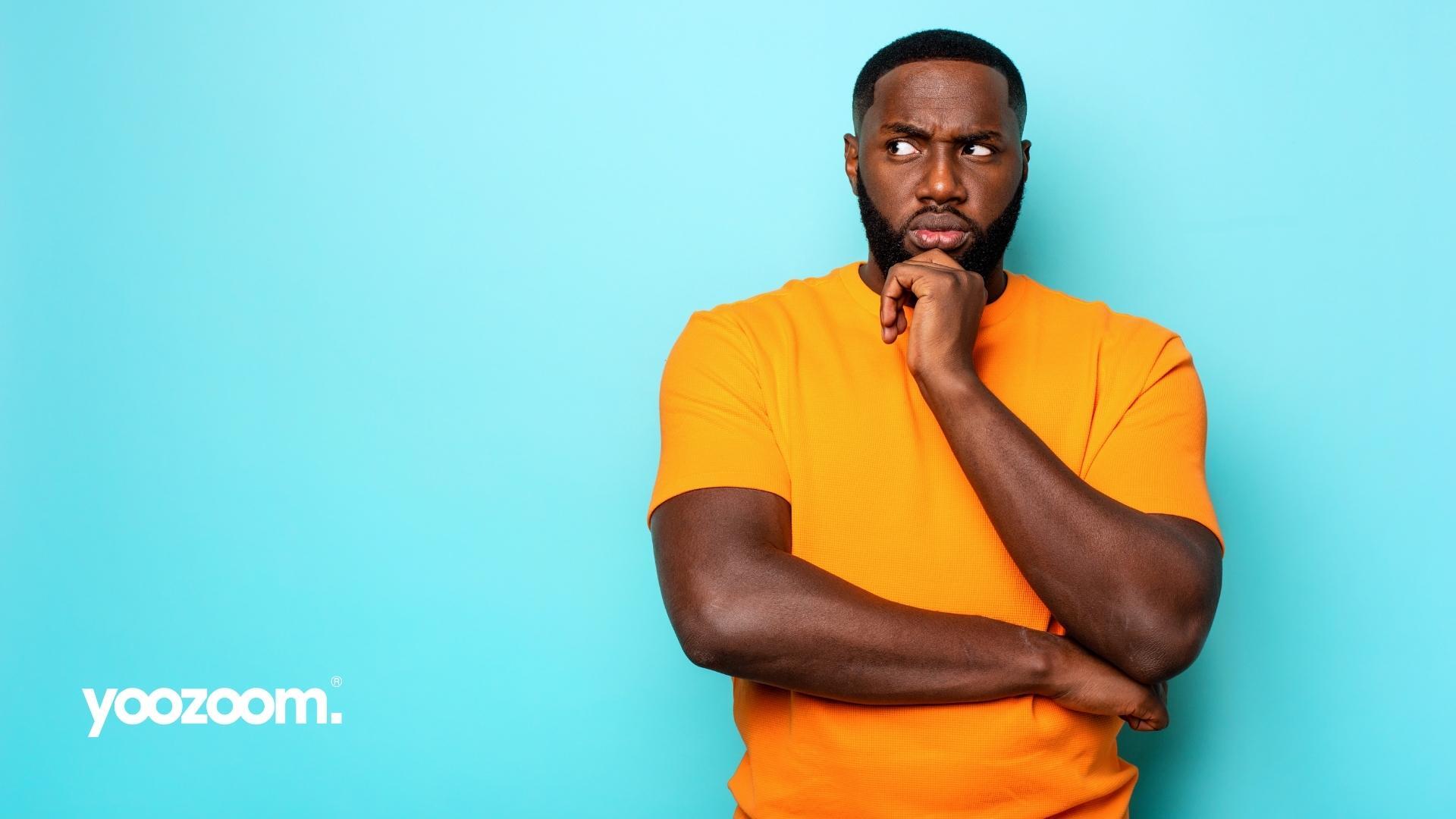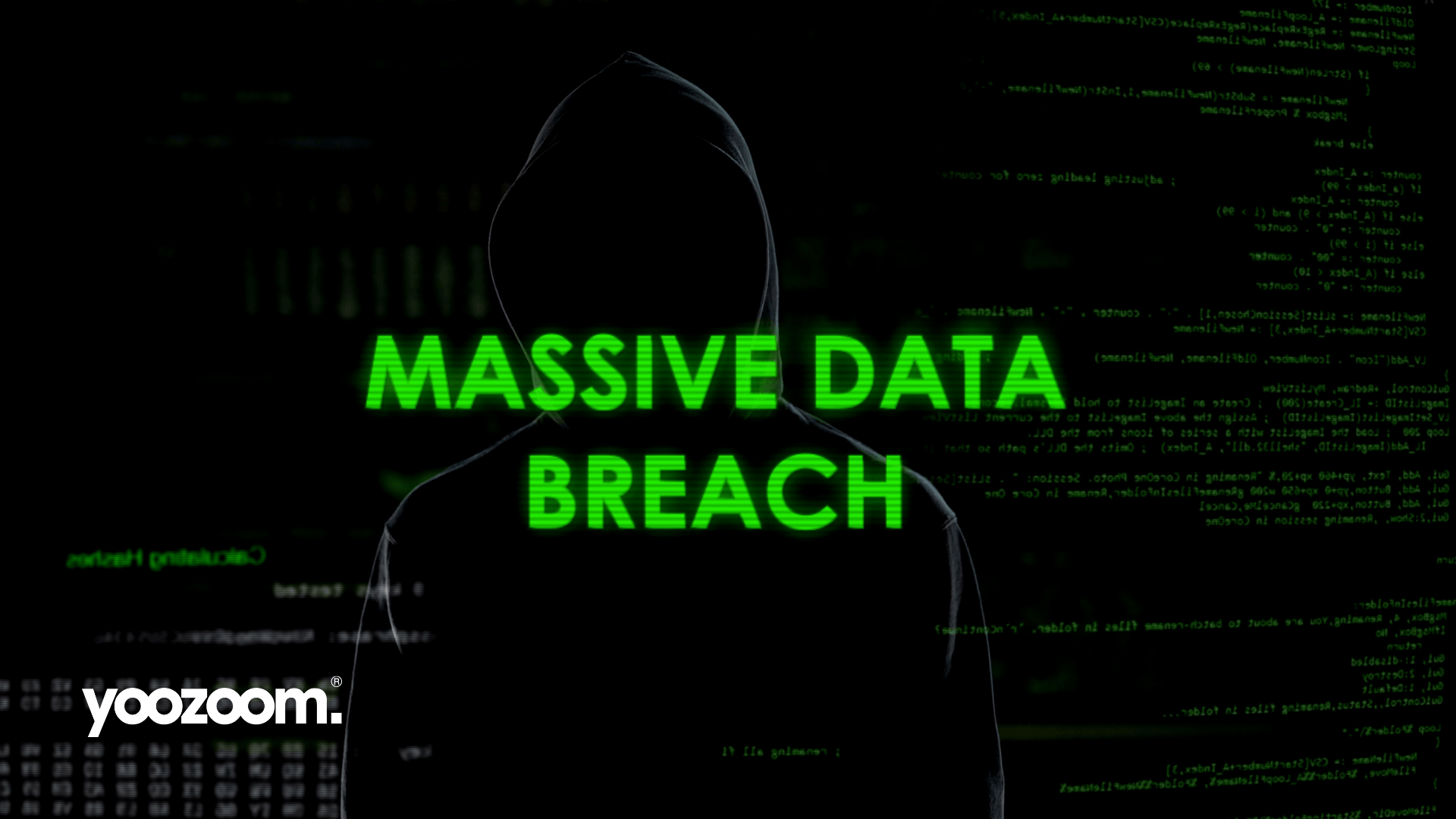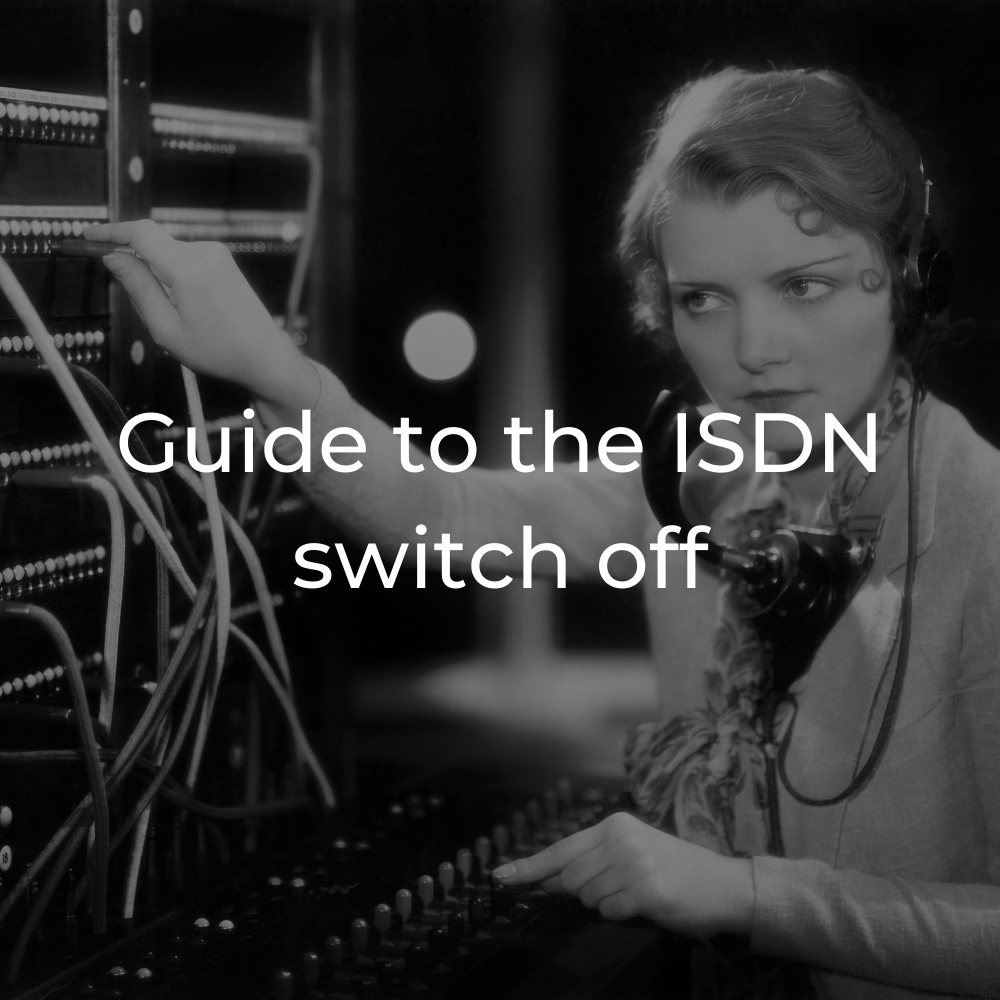What happened to Skype?
Ten years ago, Skype was everywhere. Now… not so much. But what happened, exactly? Read on to discover the truth behind Skype's rise and fall.

It's Tuesday, 10 May 2011. Marvel's Thor is blockbuster-ing its way through the world's cinemas. LMFAO's "Party Rock Anthem" is riding high in the UK charts. Fashionable types are colour-blocking their wardrobes to within an inch of their lives.
And among all this cultural brouhaha, a momentous tech deal has taken place. Microsoft has announced its acquisition of Skype for a whopping $8.5 billion.
It seemed to make so much sense. Skype was the go-to app for catching up with friends from afar. It allowed for (mostly) seamless voice and video calling, at a time when that sort of thing felt a little bit magic. And at its peak in March of 2011, it boasted
30 million simultaneous users – all online at the same time.
Heck, it had even entered the annals of the English language. Like Google and Photoshop before it, it had broken free of the world of nouns and become a bona fide verb. You didn't "call somebody on Skype", you "Skyped them".
Skype was
cool. And Microsoft was, it seemed, keen to snaffle some of that cultural cred for itself.
Yet, here we are. A little over a decade later, Skype has lost its throne – unseated by relative upstarts like Zoom, Google Meet and Microsoft's own Teams.
According to
one study, Skype held on to just seven per cent of the UK videoconferencing market share in 2021. In comparison, Teams boasted 20% and Zoom 55%.
Things are looking even bleaker across the pond. In the States, Skype had a four per cent market share – a minuscule figure compared to Zoom's 60%.
But perhaps the most damning evidence of Skype's demise is its disappearance from cultural discourse. Kids just don't
Skype
each other anymore.
So what happened? How did Skype go from the golden child of videoconferencing to a technological turkey?
Let's find out.
Eight-and-a-half billion dollars well spent?
Perhaps Microsoft's $8.5 billion buyout wasn't as much of a bargain as it seemed.
Even back in 2011, journos were
scratching their heads over the deal. Skype's cool-kid persona concealed a chunky $686 million debt. And in 2010, the company had operated at a seven-million-dollar loss.
Microsoft wasn't the first to buy Skype, either. eBay got there first, purchasing the videoconferencing app in 2005 before selling it on for
$1.2 billion less than it had paid.
Was the writing on the wall? Was Skype less "wunderkind" and more "kinda cursed"?
Perhaps. But what's even more baffling is that Microsoft might not have
needed
Skype. Microsoft had already incorporated videoconferencing technology into its own software. Home users could chat using Live Messenger, while business folk could enjoy a full communications suite in the form of Microsoft Lync.
And get this. Live Messenger typically boasted around 40 million simultaneous active users – 10 million more than Skype's headline-chasing 30 million.
What happened next
The 2010s happened. And social media went well and truly mainstream.
Sure, Facebook and Myspace had given people a taste of what social networking could do. But things were about to go stratospheric.
Between 2010 and 2020, we saw the launch of Snapchat, Instagram, Twitch, FaceTime and many more. These applications soon won millions of loyal fans and kicked off a veritable social media revolution.
And the clincher? These apps often included – or went on to include – videoconferencing capabilities, as well as social networking tools. Skype's single-use service began to look a little quaint in comparison.
Now, no disrespect to Microsoft. If we'd spent $8.5 billion on something, we'd try our best to make it work.
And try it did – by including lots of crowd-pleasing features cribbed from its younger counterparts. We're talking emojis, themes and an Instagram-style "Stories" feature.
Here's where things started to go south. Because many felt that, by focusing on flashy features, Microsoft was neglecting Skype's key strength – smooth, low-latency video and audio calling.
Users pummelled the software with negative reviews, which saw its rating on Apple's UK App Store plummet to one star.
One review summed up the ill feeling like this:
"I feel like with all these new updates, Skype is using up valuable space [on our phones], which instead they could be using on improving the quality of the app's features. Not making new features and icons and lists and tips that nobody is going to use."
That was posted in 2018. Nobody could have predicted what would happen just two years later.
COVID-19 changes everything
It was a perfect storm of bad luck.
Skype had made changes in response to customer demand. But ill-feeling takes time to put right – and just as Skype was getting started, a global pandemic hit. Suddenly, vast swathes of office workers needed a reliable videoconferencing application to keep in touch with their coworkers.
And so Skype's swing to social networking would prove to be its undoing. The app had developed a reputation for needless features. And needless features were the last thing people needed when they were trying to get work done during a pandemic.
Instead, these users flocked to a young upstart called Zoom. After all, Zoom was slick, simple and easy to use – just like the "old Skype".
The stats say it all. Between 2020 and 2021, Zoom's global market share
increased by 22.3%. At the same time, Skype's fell by a spirit-crushing 25.8%.
But Zoom wasn't the only contender in the battle for videoconferencing supremacy. Skype's owner Microsoft had launched a communications suite called Teams in 2017. And just to add insult to injury, Teams' market share overtook Skype's in 2021.
This, of course, begs the question: why did Microsoft launch a product that put it in direct competition with itself?
Here's the thing. When Microsoft unveiled Teams, it probably wasn't thinking of it as a competitor to Skype. We reckon Microsoft had ambitions for Skype to evolve into a full-blown social network, while Teams could carve a niche in the business market.
The pandemic put those plans on hold. With everyone stuck at home anyway, the distinction between "social app" and "business app" became a whole lot less important.
And, frankly, Teams was simply a better videoconferencing solution. It was – and is – a jack of all trades: a powerful enterprise communication and collaboration tool that could comfortably moonlight as a simple way to chat with friends.
At the time of writing, the proportion of employees who choose to work from home
is rising. And as the need to connect office and home continues, Teams shows no signs of slowing down.
Want to learn how
Microsoft Teams can empower remote workers in your business? As an accredited Microsoft Partner, we're experts in helping businesses make the most of Teams.
Learn more here.
Enjoyed this post?
Check out our blog for more industry analysis – and
sign up to our Knowledge Hub to get the latest tech news delivered directly to your inbox.




















